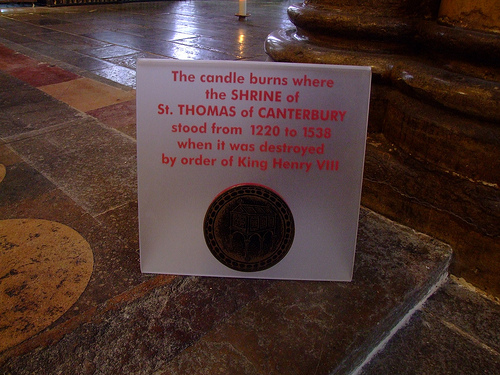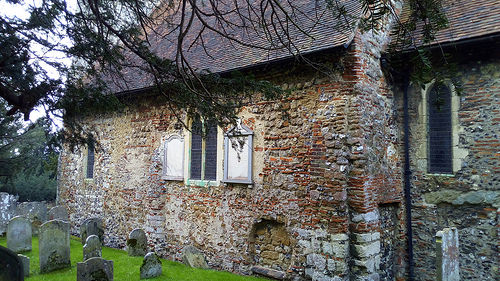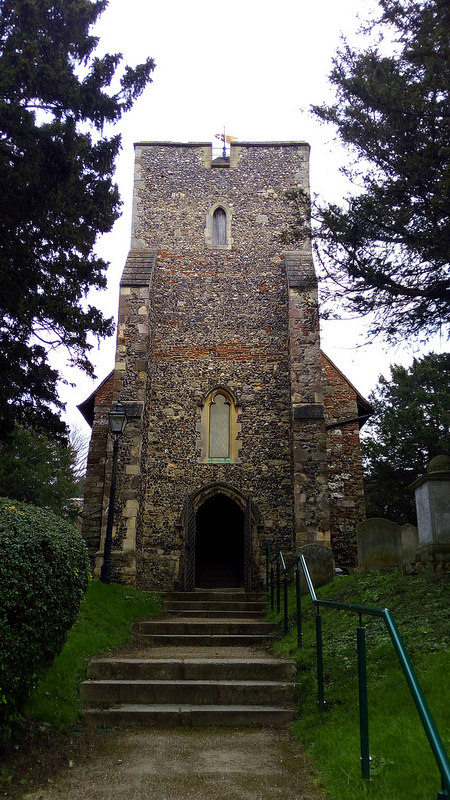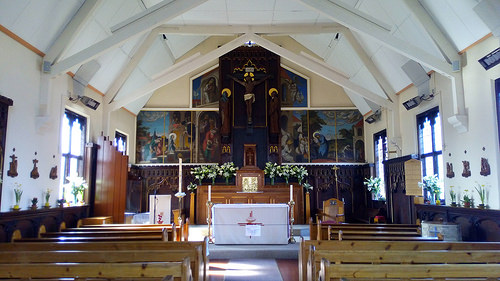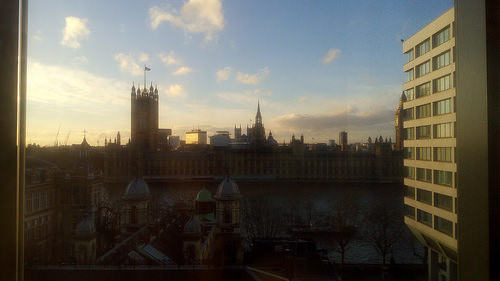 Today, 11 April is the feast of Saint Gemma Galgani generally - the Passionists celebrate her feast on 16 May. I just reminded myself in time yesterday when I was looking up various calendars for feasts that are usually missed, such as that of Saint Philomena on 11 August - or indeed that of Saint John Nepomuk on 16 May. He could be important for Margate since we have such a large number of Czech and Slovak people in the parish.
Today, 11 April is the feast of Saint Gemma Galgani generally - the Passionists celebrate her feast on 16 May. I just reminded myself in time yesterday when I was looking up various calendars for feasts that are usually missed, such as that of Saint Philomena on 11 August - or indeed that of Saint John Nepomuk on 16 May. He could be important for Margate since we have such a large number of Czech and Slovak people in the parish.Saint Gemma was one of those saints of the late nineteenth and early twentieth centuries who excited the rabid opposition of those I am increasingly inclined to think were crypto-modernists. If you want another example, consider the scorn with which the process for the canonisation of Saint Bernadette was regarded by Fr Herbert Thurston SJ. And don't get me started on the liberal sceptic attack on Saint Philomena in the Catholic Encyclopaedia.
The "problem" with Saint Gemma (and I suppose Saint Bernadette) was that she was favoured by Almighty God with extraordinary manifestations. I think that she was an extraordinarily great saint and that we do well so seek her intercession.
For further information and links, see my previous posts Saint Gemma Galgani, Saint Gemma prayers, and Not just the stigmata .... There is also the Saint Gemma Galgani website and you can read the Letters of St Gemma Galgani online.
Saint Gemma Galgani, pray for us.


